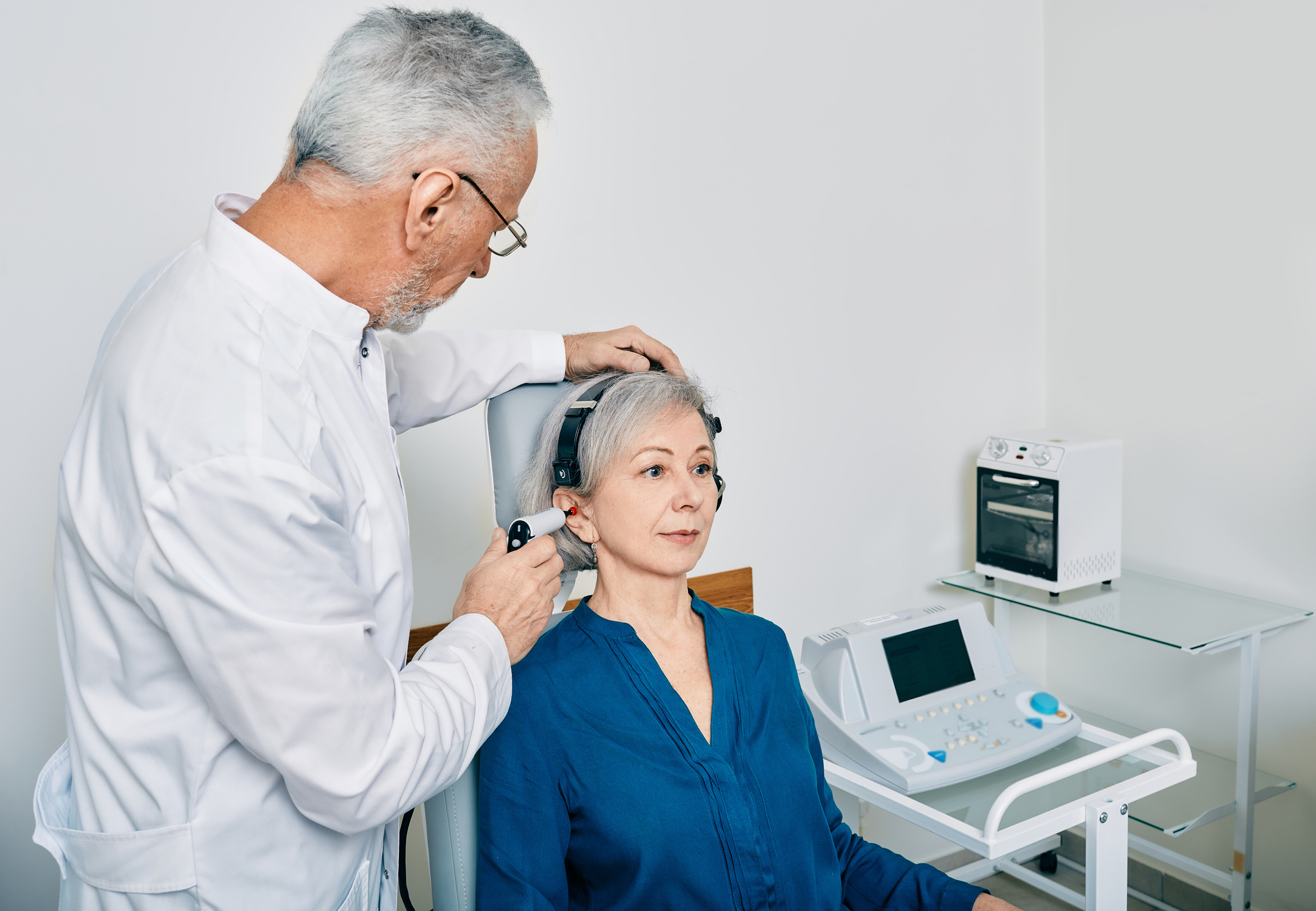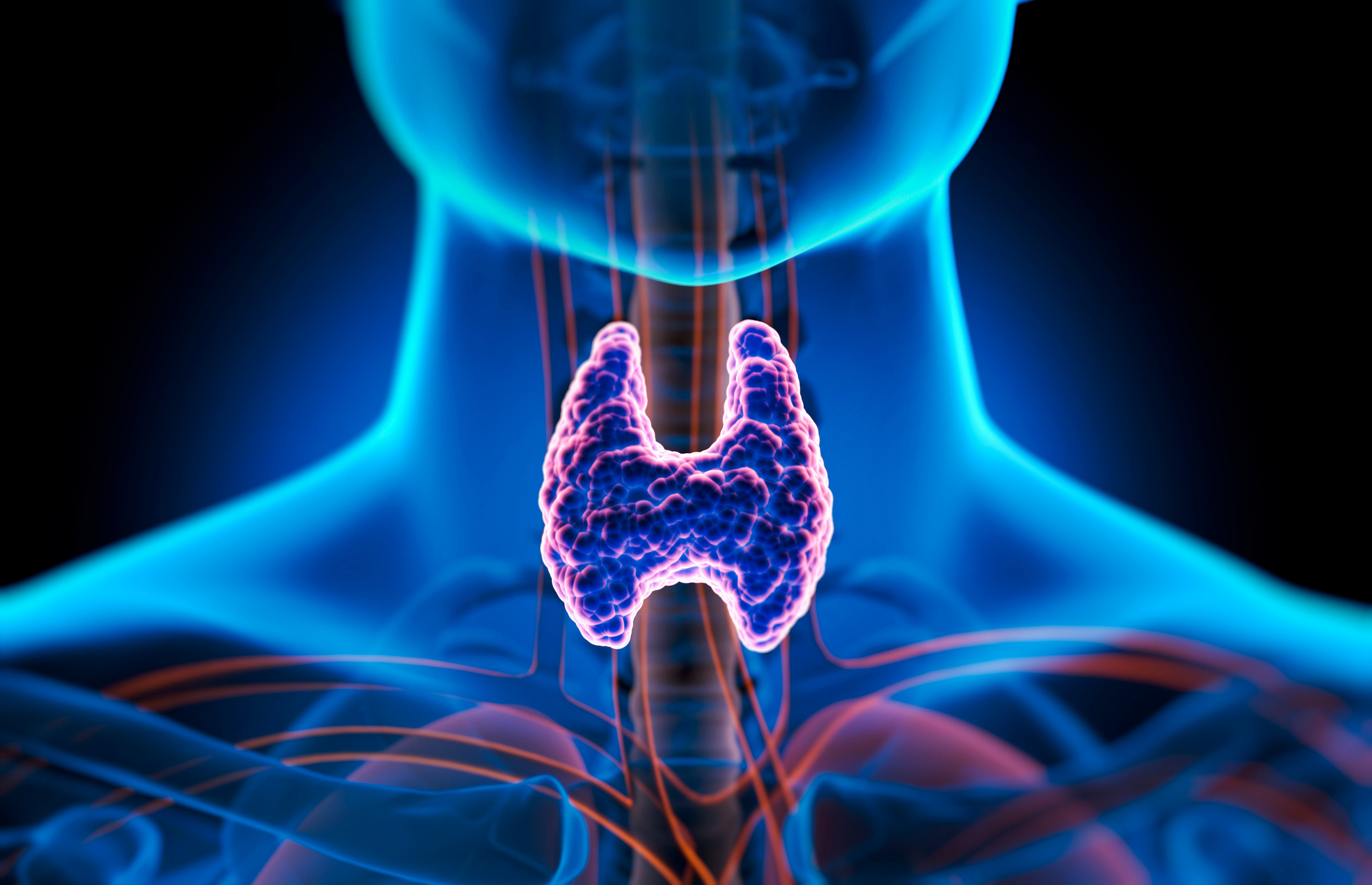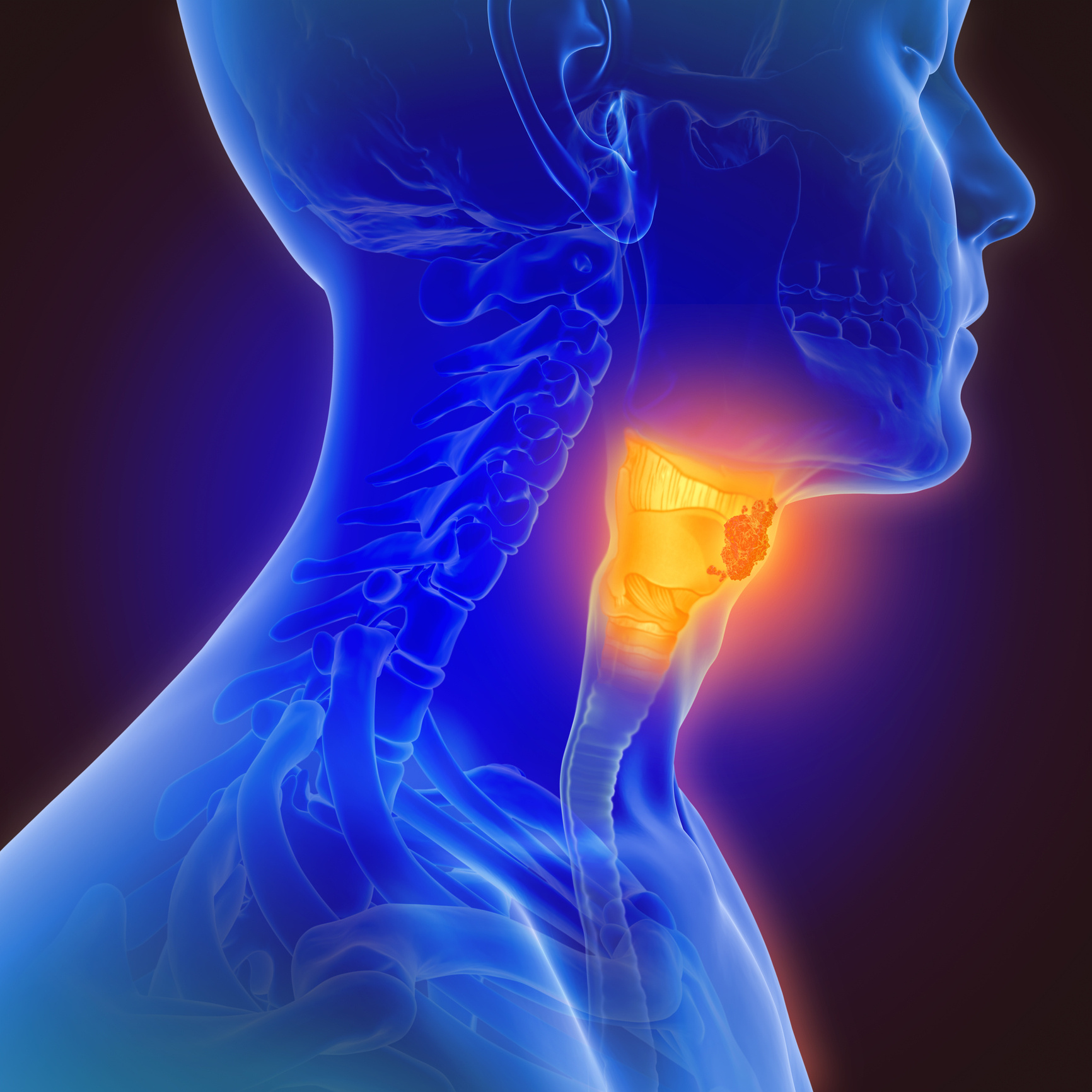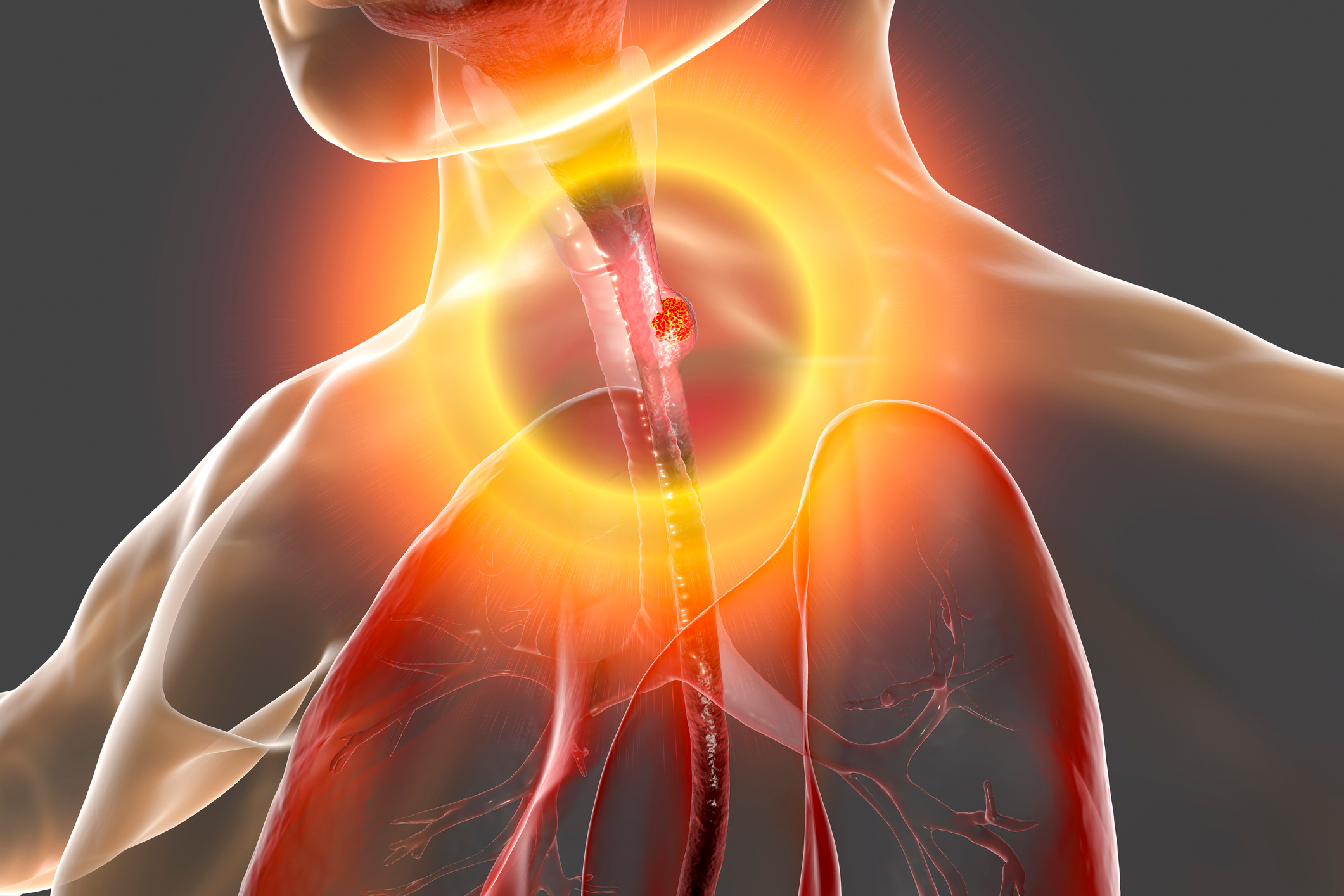28 Ağustos 2023 Pazartesi
What is the Heimlich Maneuver and How is it Applied?

He has been working as an ENT specialist at Anadolu Medical Center since 2022.
Prof. Dr. Erkul received his medical degree from Gulhane Military Medical Faculty in Ankara and he graduated as Lieutenant, a Military Medical Doctor. He completed his residency training at Gulhane Military Medical Academy Haydarpasa Training Hospital in Istanbul. Before promoting to an assistant professor in same hospital, He worked as an attending physician at Elazıg Military Hospital. After he joined the faculty in the Department of Otolaryngology at Gulhane Military Medical Academy Haydarpasa Training Hospital, Istanbul, he received the associate professor degree in 2013 and the Professor degree in 2020. Currently,he is a Professor of the Otorhinolaryngology Head and Neck Surgery and Division of Head and Neck Oncologic Surgery at Anadolu Medical Center since 2022. Between 2015-2016, He did his Clinical & Research fellowship on Head and Neck Cancer and Surgery at Medical University of South Carolina, Head & Neck Tumor Center at Charleston, USA for one year. He also worked as an Observer Physician on Head and Neck Cancer and Surgery at the University of Pittsburgh Medical Center, Department of Otolaryngology, Head and Neck Division, Pittsburgh, USA for two months in 2014. He also received training as an Observer Physician on Ear Surgery at House Ear Clinic, Visiting Physicians Program Los Angeles, California in 2007.
50’den fazla yabancı ve yerli yayın, 100’den fazla yabancı ve yerli kongrelerde sözlü ve yazılı bildiri, 9 adet KBB ile ilgili bölüm yazarlığı, çok sayıda yabancı ve yerli kongrede konuşmacı, panelist, moderatörlük ve eğiticilik görevleri mevcuttur.
Areas of Interest

Vertigo is commonly seen in the general population.

The ability to speak is made possible by the coordination of the vocal cords and the larynx.

Middle ear inflammation, also known as otitis media, is an infection of the middle ear, located behind the eardrum.

Meniere's disease is a condition characterized by vertigo (dizziness), tinnitus (ringing in the ears), and progressive hearing loss.

Ear congestion, which can be caused by various health issues, is one of the commonly encountered sensory organ disorders in society.

Tıp dilinde otalji olarak adlandırılan kulak ağrısı, en basit tanımı ile kulakta duyulan ağrı hissi olarak ifade edilebilir.

Snoring is a common health issue that can lead to various negative effects, from reduced sleep quality to social problems.

The adenoid is a lymphatic tissue located in the upper respiratory tract, between the nose and throat.

Sometimes, we encounter health issues that negatively affect our daily lives.

In the winter months, we often encounter respiratory tract illnesses.

Vinegar is a liquid food that can be produced from fermented carbohydrate sources such as apple, pear, grape, grain, molasses, sorghum, strawberry, melon, potato, beetroot, and maple syrup.

Outer ear inflammation is an ear infection that occurs due to the inflammation of the external ear canal, located between the ear flap and the eardrum. This condition can arise when water remains in the ear after swimming or when a foreign object enters the ear for any reason, especially if proper drying is not done afterward. The accumulation of water or the presence of foreign objects creates a warm and humid environment, which encourages the growth of bacteria or fungi. As a result of bacterial or fungal growth, symptoms such as itching, pain, redness, swelling, and discharge may begin to appear in the ear canal. If not treated promptly, it can lead to serious complications. To avoid these potential complications, it is important for individuals showing signs of inflammation to consult a doctor and begin treatment. In addition to treatment, paying attention to personal hygiene and drying the ears after water-related activities is crucial to prevent recurrence of the condition.

Nasal congestion, which affects quality of life and causes significant discomfort, can be caused by simple viral infections or seasonal transitions.

A nosebleed is the loss of blood from the tissue lining the inside of the nose. Nosebleeds are common because of the position of the nose in the center of the face and the presence of numerous blood vessels near the surface of its inner lining, making it an easy target for injury and bleeding. These blood vessels are easily prone to bleeding. The air passing through the nose can dry out and irritate the membranes lining the inside of the nose. However, most nosebleeds are not serious and can be treated at home. Some, however, require medical attention, as in certain cases, nosebleeds can be an early sign of other medical issues. This is especially the case with nosebleeds occurring in the back of the nose. While some nosebleeds can be stopped at home, it should not be forgotten that they can also be a sign of more serious conditions.

Throat infections, which affect all age groups from childhood to adulthood, are a common health issue, especially during seasonal transitions.

Boğaz ağrısı, yılın her döneminde, her yaş grubunda görülebilen genellikle yutkunma ile hissedilmeye başlayan ve günlük hayatı olumsuz yönde etkileyebilen bir semptomdur. Farklı hastalıklar nedeniyle gelişebilen boğaz ağrısı kendiliğinden geçebildiği gibi gerekli durumlarda ilaç tedavileri ile iyileştirilebilir. Viral veya bakteriyel enfeksiyonlar nedeniyle boğaz ağrısı ile karşılaşma oranı yüksek olurken bakteriyel enfeksiyonlarda antibiyotik tedavisine başvurulabilir. Boğaz ağrısı semptomu gözlemlenmesi ve geçmemesi halinde bir sağlık kuruluşuna başvurulmalıdır. Doktor tarafından gerçekleştirilecek klinik muayene ardından hasta için tedavi planlaması yapılmalıdır.

Seasonal allergic rhinitis, also known as hay fever, is one of the most common allergic diseases. If you feel unwell at the same time every year, you may be one of the people with seasonal allergies.

Laryngeal cancer, also known as throat cancer, is a significant health issue that affects the respiratory tract. The larynx is an organ that plays a crucial role in breathing and sound production. This type of cancer can lead to the uncontrolled proliferation of cells within the larynx, which can spread and result in severe health problems if left untreated.

Nasopharyngeal cancer is a common subtype of head and neck cancers. These cancers differ significantly from other head and neck malignancies in terms of their etiology, epidemiology, histopathology, biological behavior of the disease, and treatment. Therefore, nasopharyngeal cancers should be considered separately from other head and neck malignancies. This type of cancer is difficult to diagnose early, and its treatment typically involves radiotherapy and chemotherapy.

The pharynx, or throat, is located behind the nasal and oral cavities. Its upper part is connected to the nasal cavity (nasopharynx), while its lower part (hypopharynx) continues to the esophagus. Throat cancers include cancers of the base of the tongue, uvula, tonsil tissue, and the back walls of the throat. Oropharyngeal and hypopharyngeal cancers are considerably rarer than nasopharyngeal cancers. Worldwide, an estimated 123,000 new cases of oropharyngeal and hypopharyngeal cancers are diagnosed annually.

Tongue cancer is one of the types of oral cancer that develops from the cells found in all areas of the tongue. This condition can lead to the formation of tumors, growths, and lesions in the mouth. Tongue cancer is divided into different subtypes depending on which part of the tongue it develops in. These subtypes have their own specific symptoms. The most common symptom of tongue cancer is the presence of non-healing sores on the tongue. While tongue cancer is more commonly seen in older individuals, there has been a recent increase in cases among younger and middle-aged individuals. With early diagnosis and treatment, tongue cancer can be managed and treated effectively.

Head and neck cancers refer to the uncontrolled and abnormal growth of cancer cells in the head and neck area of the body. Early diagnosis and treatment of head and neck cancers are crucial. While these cancers can be treated successfully in many cases, they can also cause permanent damage in some situations. To prevent such damage, various treatment methods can be applied to eliminate the cancer cells or halt their progression.

Oral cancer is a global health problem and ranks second in frequency among head and neck cancers in our country, with developed countries being the most affected. As with many conditions, early diagnosis and treatment are crucial for this type of cancer. Oral cancer, which is classified under head and neck cancers, refers to cancers that develop in any part of the mouth area, including the inside of the cheeks and gums. This malignant tumor, also known as oral cancer, typically originates from the squamous (flat) cells in the mouth, tongue, and lips. To learn more about this cancer type, you can continue reading the article.

Esophageal cancer is a condition that affects the esophagus, the long, muscular tube that carries food from the throat to the stomach. Symptoms are often not noticeable until the cancer has spread, making early detection challenging. The most common types are squamous cell carcinoma and adenocarcinoma. Squamous cell carcinoma typically develops in the upper part of the esophagus, while adenocarcinoma usually occurs in the lower part. Symptoms may include difficulty swallowing, pain, weight loss, indigestion, and esophageal blockage. Risk factors include chronic reflux disease, obesity, and certain dietary habits. With early diagnosis, doctors can successfully intervene with surgery and other treatments

Laryngeal cancer, also known as throat cancer, is a significant health issue that affects the respiratory tract. The larynx is an organ that plays a crucial role in breathing and sound production. This type of cancer can lead to the uncontrolled proliferation of cells within the larynx, which can spread and result in severe health problems if left untreated.

Nasopharyngeal cancer is a common subtype of head and neck cancers. These cancers differ significantly from other head and neck malignancies in terms of their etiology, epidemiology, histopathology, biological behavior of the disease, and treatment. Therefore, nasopharyngeal cancers should be considered separately from other head and neck malignancies. This type of cancer is difficult to diagnose early, and its treatment typically involves radiotherapy and chemotherapy.

The pharynx, or throat, is located behind the nasal and oral cavities. Its upper part is connected to the nasal cavity (nasopharynx), while its lower part (hypopharynx) continues to the esophagus. Throat cancers include cancers of the base of the tongue, uvula, tonsil tissue, and the back walls of the throat. Oropharyngeal and hypopharyngeal cancers are considerably rarer than nasopharyngeal cancers. Worldwide, an estimated 123,000 new cases of oropharyngeal and hypopharyngeal cancers are diagnosed annually.

Tongue cancer is one of the types of oral cancer that develops from the cells found in all areas of the tongue. This condition can lead to the formation of tumors, growths, and lesions in the mouth. Tongue cancer is divided into different subtypes depending on which part of the tongue it develops in. These subtypes have their own specific symptoms. The most common symptom of tongue cancer is the presence of non-healing sores on the tongue. While tongue cancer is more commonly seen in older individuals, there has been a recent increase in cases among younger and middle-aged individuals. With early diagnosis and treatment, tongue cancer can be managed and treated effectively.

Oral cancer is a global health problem and ranks second in frequency among head and neck cancers in our country, with developed countries being the most affected. As with many conditions, early diagnosis and treatment are crucial for this type of cancer. Oral cancer, which is classified under head and neck cancers, refers to cancers that develop in any part of the mouth area, including the inside of the cheeks and gums. This malignant tumor, also known as oral cancer, typically originates from the squamous (flat) cells in the mouth, tongue, and lips. To learn more about this cancer type, you can continue reading the article.

Esophageal cancer is a condition that affects the esophagus, the long, muscular tube that carries food from the throat to the stomach. Symptoms are often not noticeable until the cancer has spread, making early detection challenging. The most common types are squamous cell carcinoma and adenocarcinoma. Squamous cell carcinoma typically develops in the upper part of the esophagus, while adenocarcinoma usually occurs in the lower part. Symptoms may include difficulty swallowing, pain, weight loss, indigestion, and esophageal blockage. Risk factors include chronic reflux disease, obesity, and certain dietary habits. With early diagnosis, doctors can successfully intervene with surgery and other treatments
28 Ağustos 2023 Pazartesi
What is the Heimlich Maneuver and How is it Applied?

500 times read
Featured Cancer Articles
Processing of Personal Data: I consent and approve the processing of my personal data and contact information, which I provided during the registration process, by Private Anadolu Medical Center Hospital and Private Anadolu Health Ataşehir Medical Center, both in relation to my examination, appointment, and treatment, and for all kinds of health-related information, promotions, openings, invitations, event reminders, and communication activities.
Commercial Electronic Message: I agree to receive Commercial Electronic Messages from Private Anadolu Medical Center Hospital and Private Anadolu Health Ataşehir Medical Center for all kinds of health-related information, promotions, openings, invitations, event reminders, and communication activities.


